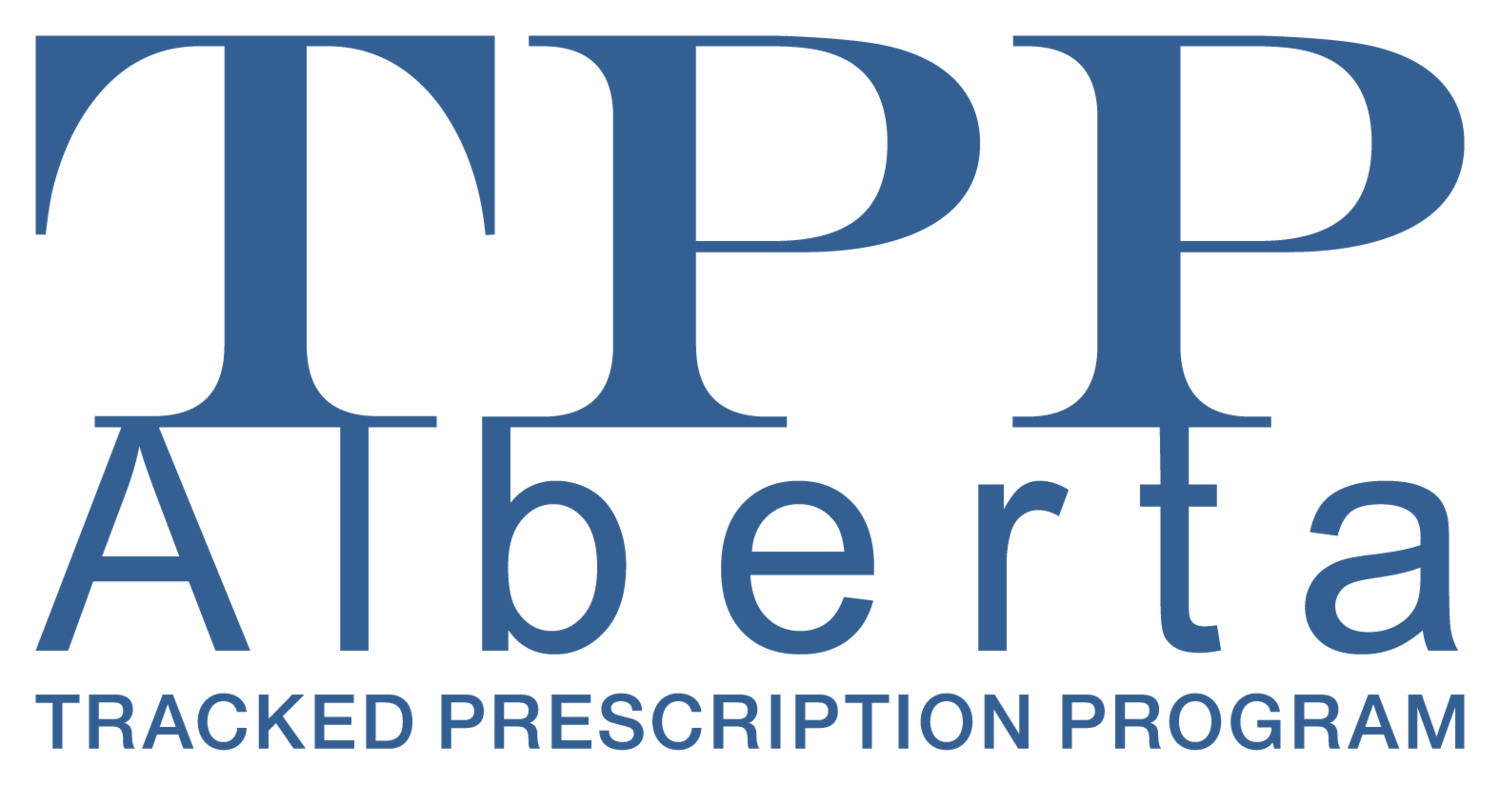Reminder: prescribing high-potency narcotics for treatment of opioid use disorder
In 2022, amendments to Alberta’s Mental Health Services Protection Regulation impacted the prescribing of high-potency opioid narcotics for the treatment of opioid use disorder (OUD). Conventional opioid agonist treatments such as methadone and slow-release oral morphine (SROM) were not impacted by the amendment.
High-potency opioid narcotics include any full agonist opioid drug, such as:
Hydromorphone
Diacetylmorphine (pharmaceutical heroin)
Fentanyl
Morphine
Oxycodone
High-potency opioid narcotics for OUD can only be prescribed through licensed AHS Opioid Dependency Programs for narcotic transition services. These medications must also be dispensed by AHS-contracted pharmacies. These requirements do not apply to high-potency opioids prescribed for treating chronic pain or other illnesses.
When prescribing a high-potency opioid narcotic to treat OUD, a corresponding indication must be provided on the TPP prescription form. For example:
Under Indication for therapy, checking Opioid Agonist Therapy (OAT/ODT)
Selecting Other (specify) and noting the following indications:
Opioid Abuse Disorder (OAD)
Opioid Addiction
Opioid Use Disorder (OUD)
Substance Use Disorder (SUD)
Resources:
Narcotic Transition Services (Alberta Health)
Opioid Dependency Program (Alberta Health Services)
Safe Prescribing for Opioid Use Disorder standard of practice and Advice to the Profession (CPSA)
If you have any questions, please reach out using the contact form at the bottom of this page.

